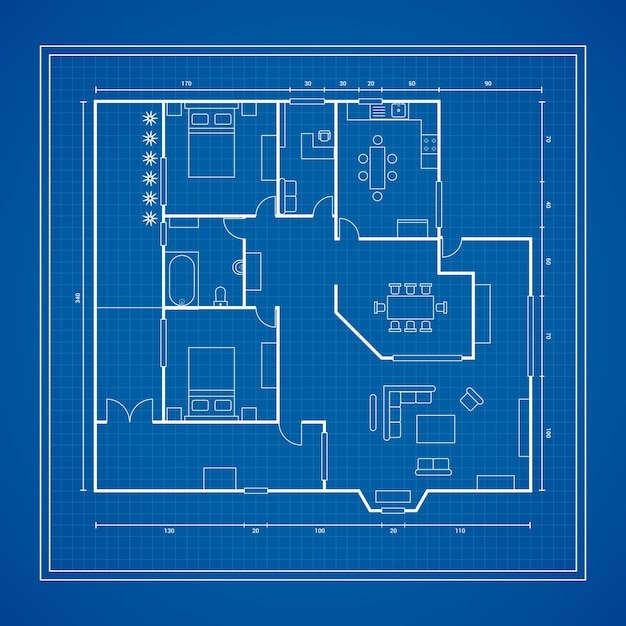You’ve just launched your new website, and then a thought pops up: “What if we just add a new services page to the navigation?” or “Can we integrate our social media feed right on the homepage?”
It feels harmless, but these kinds of “just one more thing” requests can derail an entire project. Scope creep doesn’t just slow things down — it can drain your budget and delay results. This article is about going beyond that mindset. My goal is to help us both avoid the problem by building a clear roadmap that protects your investment.
What exactly is scope creep?
Think of your website project like a home renovation. You agree to remodel the kitchen, and the plan is set. But a few weeks in, you ask the contractor to also add a new window, install a backsplash, and update the lighting. Each request may seem small, but together they force the contractor to pause, re-estimate costs, and push back the completion date. What started as a focused remodel quickly becomes a bigger, more expensive project.
A website project works the same way. Each new request requires a developer to stop work, analyze what’s needed, write new code, and test for bugs. For a business owner, that lost time adds up to real business costs.
How to stop scope creep before it starts.
Stopping scope creep isn’t about being rigid; it’s about being smart and proactive. A clear blueprint for success protects your project from day one. Here are three simple steps you can take before you even talk to a developer.
“A clear blueprint for success protects your project from day one.”
1. Create your “must-have” vs. “nice-to-have” list. This step clarifies your project’s scope. Before you collect bids, make a list of everything you think you want, then divide it into two columns.
- Must-haves: The essential features your site needs to function on launch day.
- Nice-to-haves: Features you’d love to add later, but aren’t critical for launch.
This simple exercise forces you to prioritize and provides a clear, documented list of features for your developer to build around.
2. Define your single most important goal. This keeps your decisions aligned. If your website could only do one thing, what would it be? Is it to generate calls, collect leads, or sell a specific product? By clarifying this goal, you create a powerful filter for every decision that follows. If a feature doesn’t support this core purpose, it might be a “nice-to-have” for a future phase.
3. Write a simple project brief. This reduces miscommunication and builds a solid foundation. A project brief is a short, simple document that outlines your vision. It’s not just for your developer — it’s your roadmap to make sure your vision becomes reality.
Your brief should include:
- Project goal
- Target audience
- Must-have features
- Budget & timeline
By taking the time to define these points, you build a strong foundation for a successful, stress-free project.
Why this matters for your business.
A well-defined project scope isn’t just about protecting a budget. It’s about building a better website that launches on time, communicates clearly, and supports your business goals. It’s the difference between a site that frustrates you and one that works for you.
As a web developer, my goal is to help you build a website that becomes a powerful asset for your business. And it all starts with a smart, clear plan.
Want more advice on preparing for your project? Read my other article, The problem-solving website. It’s a great next step in your planning process.
Ready to start? Contact me, and let’s get things rolling.




